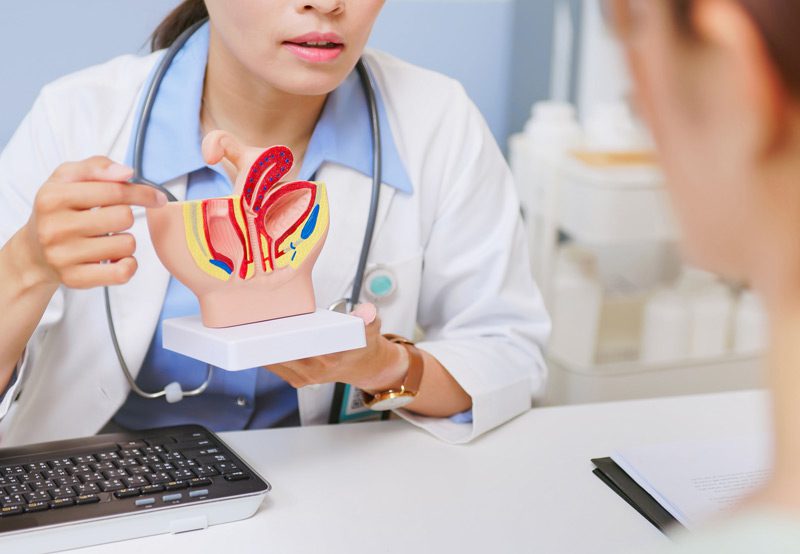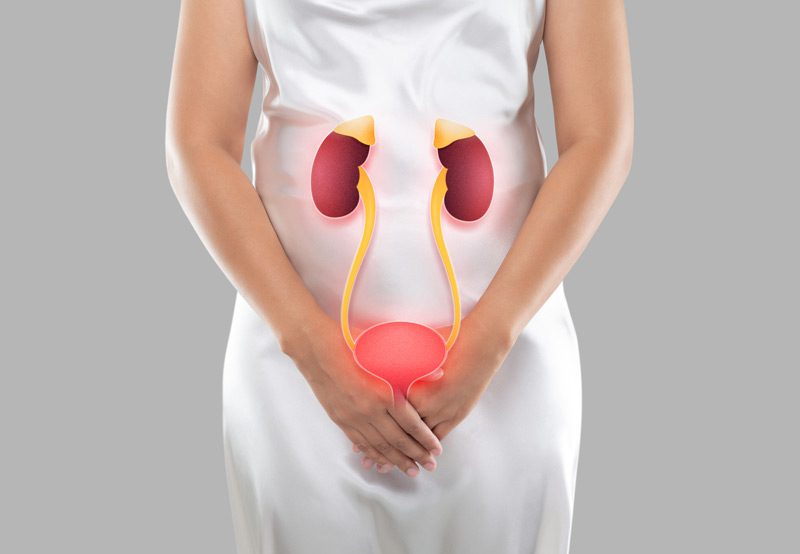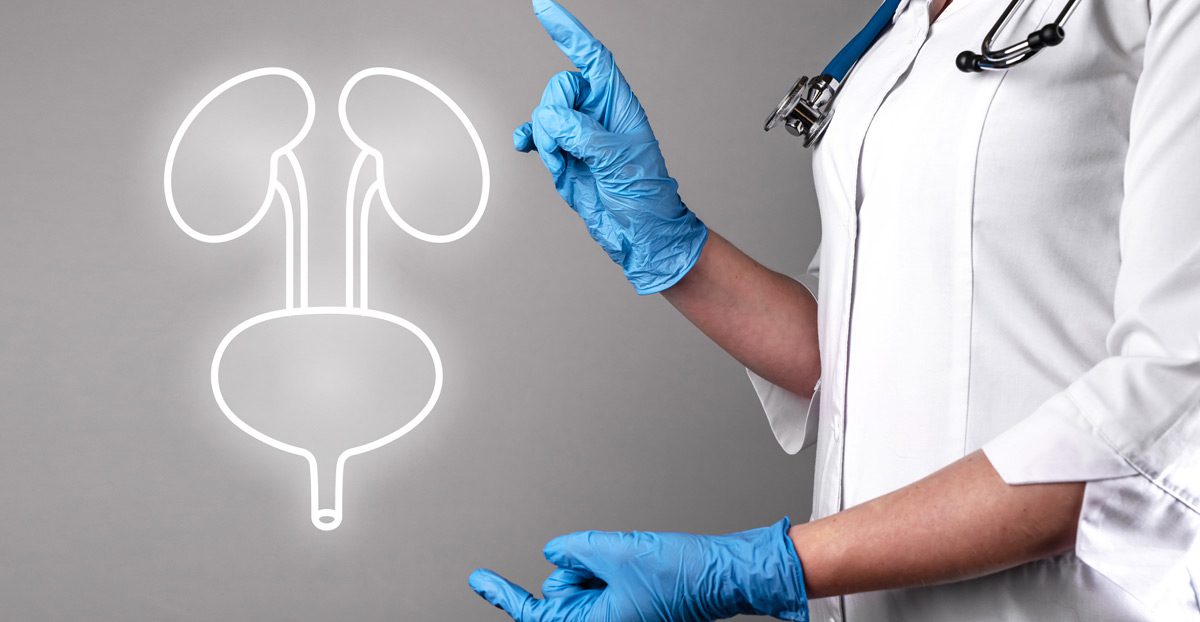

Urinary incontinence during menopause is the involuntary leakage of urine, which can result from weakened pelvic floor muscles or hormonal changes that affect bladder control. As estrogen levels decrease, the tissues of the bladder and urethra may lose elasticity and strength, contributing to incontinence. It can present as stress incontinence (leakage during activities like sneezing, laughing, or exercise) or urgency incontinence (a sudden, intense need to urinate with possible leakage). These symptoms may range from mild to severe and can significantly affect daily life.
Causes of Urinary Incontinence
Urinary incontinence during menopause can be caused by:
- Hormonal Changes: A decrease in estrogen weakens the pelvic tissues, including the urethra, contributing to incontinence.
- Pelvic Floor Muscle Weakness: Weakened muscles from aging, childbirth, or lack of exercise can lead to stress incontinence.
- Bladder Changes: Changes in bladder sensitivity due to hormonal shifts can result in urgency incontinence.

Diagnosis
A healthcare provider may diagnose urinary incontinence through:
- Symptom History: Discussion of the frequency, triggers, and type of incontinence, including if it occurs during physical activities or when urgency is felt.
- Physical Examination: A pelvic exam to assess the pelvic floor muscles and the bladder’s ability to store and expel urine.
- Urinalysis: Testing the urine for infection or abnormalities.
- Bladder Diary: Tracking urination habits and fluid intake to identify patterns or triggers.
- Urodynamic Testing: A series of tests to assess bladder function and measure bladder pressure, capacity, and volume.
Treatment Options
Treatment for urinary incontinence during menopause may include:
- Pelvic Floor Exercises (Kegel Exercises): Strengthening the pelvic floor muscles to improve bladder control and reduce leakage.
- Hormone Replacement Therapy (HRT): Estrogen therapy to strengthen bladder and urethral tissues, improving bladder control.
- Bladder Training: Techniques to gradually increase the time between bathroom visits and reduce the urgency to urinate.
- Medications: Drugs like anticholinergics or beta-3 agonists to help manage urgency or overactive bladder symptoms.
- Bulking Agents: Injections of bulking agents into the urethra can help to prevent leaking.
- HIFEM Treatments: In-office treatments, like EMSELLA, utilize high-intensity focused electromagnetic (HIFEM) technology to non-invasively stimulate the pelvic floor muscles.
- Lifestyle Changes: Weight management, limiting caffeine or alcohol, and avoiding excessive fluid intake before bedtime to reduce incontinence episodes.
- Medical Devices: Devices such as vaginal pessaries can provide support to the pelvic organs, reducing symptoms of incontinence.
- Surgical Options: Procedures like sling surgery or bladder neck suspension for severe or persistent cases of incontinence.
Next Steps
If you are experiencing urinary incontinence during menopause, consult your doctor to determine the cause and appropriate treatment. A combination of lifestyle changes, pelvic floor exercises, and hormone therapy can significantly improve symptoms. Early intervention and treatment can help manage urinary incontinence, restore bladder control, and enhance quality of life.
